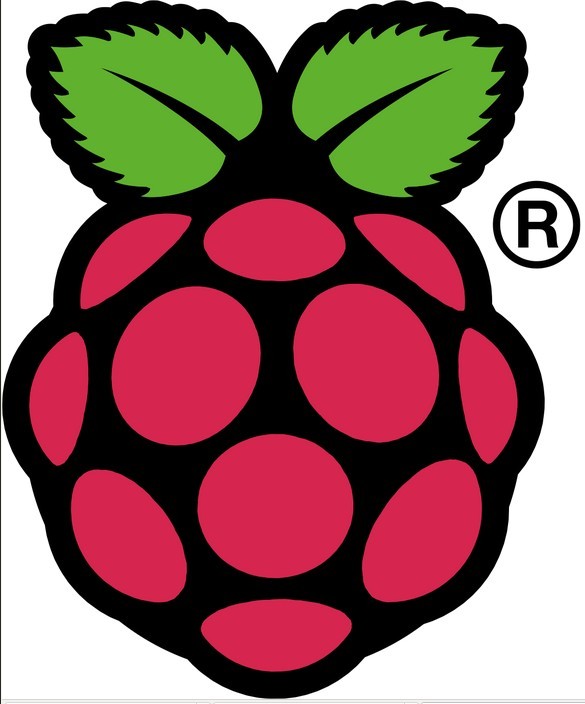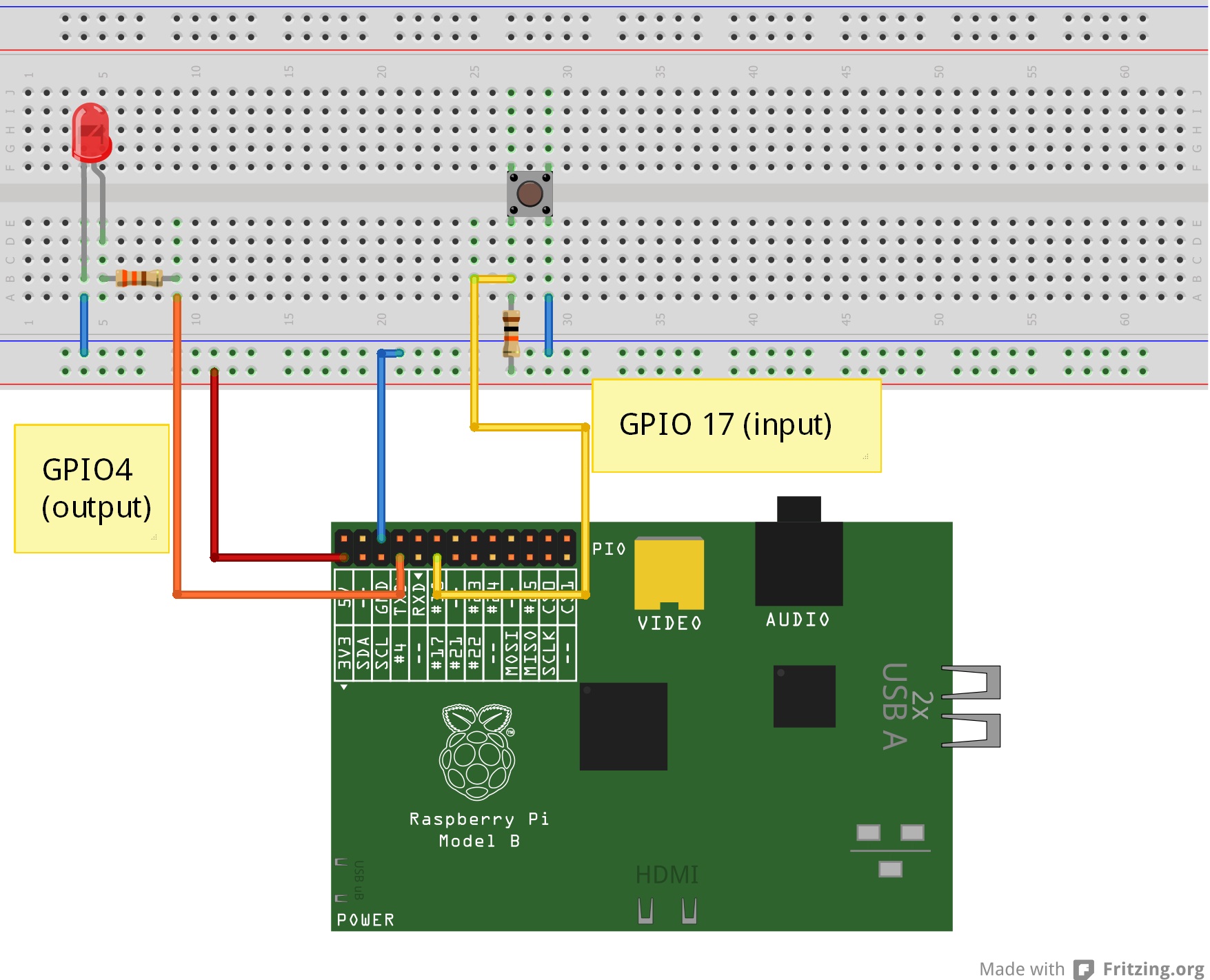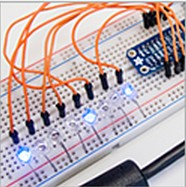Wolfram (also known as Mathematica or M) is available as a no-cost math engine at WolframAlpha. This little-known web site permits easy (or complex) manipulation of much world data. Some of the examples are mind-boggling. Persons with scientific minds are encouraged to learn the new programming constucts that permit impressive manipulation of large amounts of data already available at the WolframAlpha site.
This programming language even permits you to easily manipulate formulas. Division by infinity produces an answer of 0, not an Error Situation.
A simple Raspberry GPIO circuit is shown below. A single Red LED connected to GPIO pin 17 and a simple push-button input is connected to GPIO pin 4.
- GPIO_____________________ Raspberry Pi GPIO programming using Wolfram
- Wolfram Program Snippets___ Examples
- Wolfram Language Reference_ Wolfram Documentation Center
- Wolfram Language Intro______ Wolfram Introduction for Programmers
Click here to return to ePC Articles.
Date: 2015 C Mar 03
WebMaster: David KC Cole
/52.html
- GPIO_____________________ Raspberry Pi GPIO programming using Wolfram
- Wolfram Program Snippets___ Examples
- Wolfram Language Reference_ Wolfram Documentation Center
- Wolfram Language Intro______ Wolfram Introduction for Programmers



